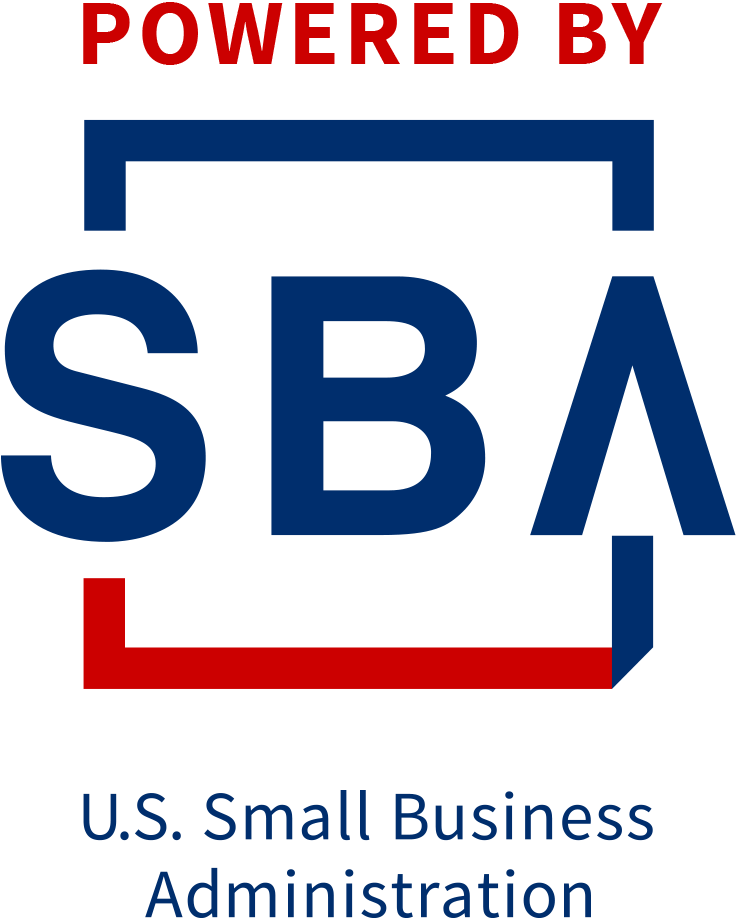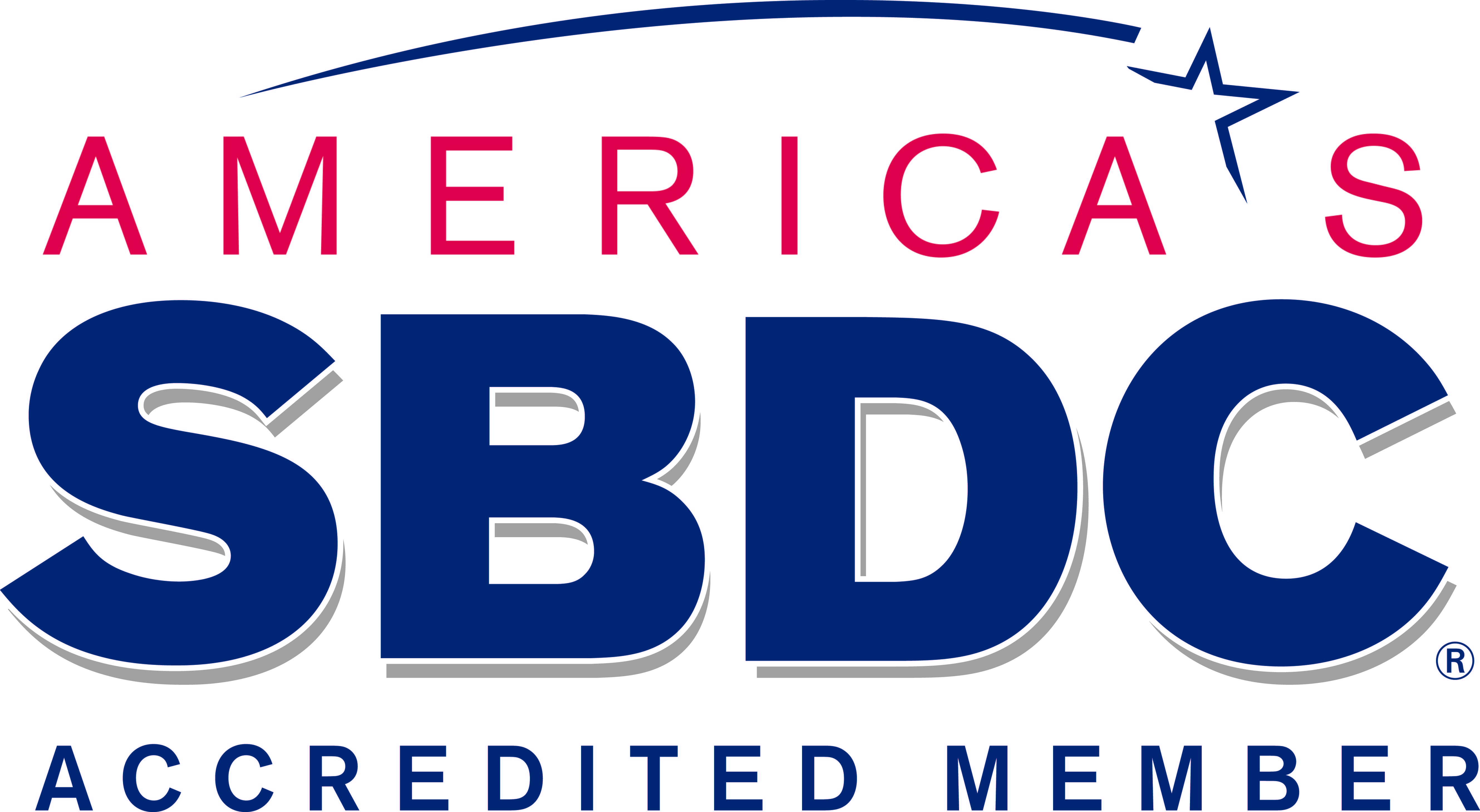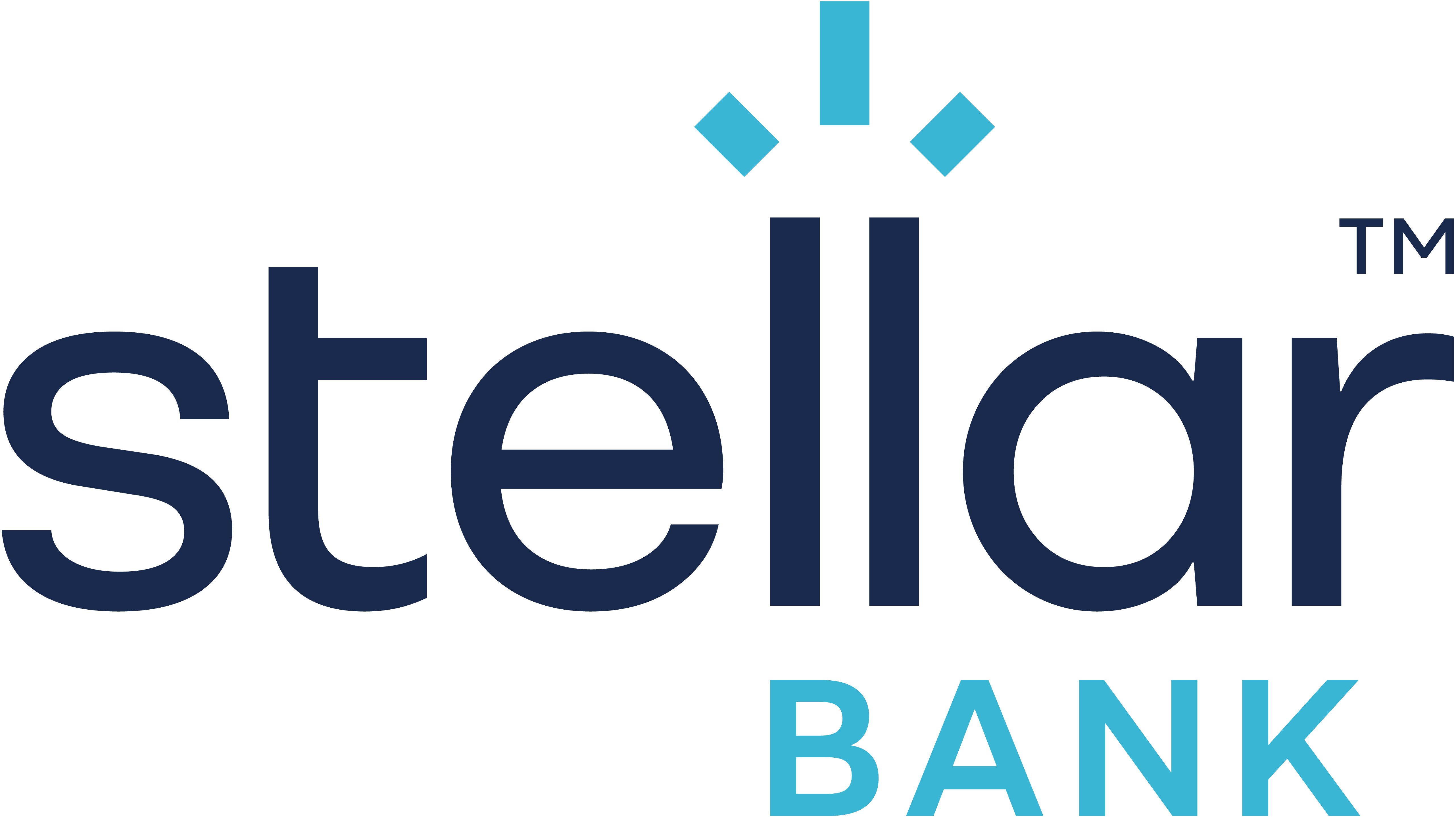FAQs: Economic Injury Disaster Loan (EIDL) and Paycheck Protection Program (PPP)
Where do I apply for the Paycheck Protection Program (PPP)?
Business owners are being instructed to go to their primary banking partner (with whom they have an existing relationship) to apply for the PPP loan. There are situations where their banking partner isn't offering the PPP loan or have reached their maximum limit. In these cases, business owners are instructed to go to the SBA website. Click here for a list of SBA Lenders.
Tips to remember:
- Try and keep track of name and contact details for the bank representative taking in the application.
- Reach out to the banker at least every other day to check on status.
- If you declined, ask what you can do to get approved.
- If it makes sense, try again with a CDFI or micro lender. Funding for PPP is getting a boost in the next few weeks (more money being added by the Fed). This will be a loan process for everyone involved. It may take a little time to find relief, but you have to stay consistent and open to feedback and a changing process.
Where do I apply for the EIDL loan?
You can apply for the SBA EIDL loan by going to www.sba.gov/disaster. Click here for a current link to the application.
Can I apply for both EIDL and PPP?
Yes! There are two different loan applications and processes, but if you need more working capital than the PPP loan or EIDL alone you can apply for both. Just remember you have to track how you spend the money, and you can't claim to use loan funds from both loans for the same exact purpose (Example: for the same exact payroll period/same employees). SBA would consider that "double dipping" and potential fraudulent activity. You need to keep track of used funds matching total borrowed government funds to best document and protect yourself.
Do I have to apply for EIDL loan in order to apply for the grant?
Yes. The application for the EIDL Grant (also known as Advance) is the same as the EIDL loan. You would check a box at the end of the SBA EIDL loan Application requesting to be considered for the EIDL Grant.
Will I receive both the grant and PPP loan?
You can apply for the EIDL grant, the EIDL loan (remember the application for the grant is within the EIDL loan application - you would by default be applying for both), and the PPP loan (different application for the PPP loan - you would go to your primary bank relationship to apply for the PPP loan).
Approval for these loans will need to be determined. It takes roughly six weeks to know if you get approved for the EIDL loan (two weeks roughly to find about qualifications for the EIDL grant). The PPP lender will be able to tell you within two weeks if you qualify for the PPP loan (maybe sooner -it's up to the lender).
If I own two companies, can I apply under each company?
You can definitely apply for loans under each company (different Business Legal Names, different EIN or Tax Identification Numbers).
How do I justify a given loan amount, if I am a new business and haven’t realized any profits?
Under the EIDL loan process, you would complete SBA Form 1368 page 2 financial forecast.
You will provide SBA with anticipated loss when historical financial information is unavailable to understand you are a young or growing business. You can reach out to your SBDC advisor to answer questions regarding the projections, but note SBA wants the borrower to complete the form and the forecast. The SBDC advisors cannot do this work for you.
Does the PPP loan cover part-time employees?
You can include total payroll costs (full-time and part-time wage earners) into the average monthly payroll cost. The PPP loan can cover part-time employees.
Note: Interim ruling for this loan dated April 3rd page 18 section iv states full-time employee head count is considered for the forgiveness of the loan. I recommend reading the ruling for yourself. Just remember that 75% of borrowed funds need to be paid in payroll, with a similar average monthly payroll dollar amount to each employee. This has to be done by June 30, 2020. If you use the part-time employee payroll cost to qualify for the loan, and don't bring those people back you run the risk of not meeting the forgiveness goals. Make sure to forecast your cash flow so you don't borrow too much money.
Does the PPP loan cover contractors?
Independent contractors have the ability to apply for the PPP on their own. (April 3rd Interim Ruling page 6 ii); therefore, they should not be used to calculate the PPP payroll costs. Independent contractors are also not counted in the employee count required for loan forgiveness (Page 15 p April 3 Interim Ruling).
If I am the owner and take a paycheck, does PPP cover my pay?
Yes. There is no exclusion in the April 3 Interim Ruling for owner’s income. It does state that employees earning more than $100,000 annually is capped at $100,000 annually.
What if I am offered both the loan and the grant? Can I decline the loan and just take the grant?
Yes! You are not obligated to take out the EIDL loan should it be offered.
How do I calculate average payroll If my employees are commission based?
Simple! You would look at their commission-based income from the 12 months in 2019. You can use historical commission and tips to come up with an average total payroll cost for the PPP formula.
How can I check the process of my application?
To check on the status of your SBA EIDL loan application, email disastercustomerservice@sba.gov or call (800) 659-2955. You will need to reference the EIDL loan application number given once you completed the online SBA application. The PPP application status would be delivered through your PPP lender (an approved SBA lender taking the loan application).
If my company is a 503c, can I still apply?
Yes. April 4th SBA made an announcement that they expanded aid to small 503c's. You can read more about those updates on the SBA website. If you are still unsure, you can use the SBA size standards to search your eligibility or visit the Facts and Question aid provided by SBA.
What type of businesses are not eligible for the EIDL and PPP loans?
- Ineligible businesses include those engaged in illegal activities, loan packaging, speculation, multi-sales distribution, gambling, investment or lending, or where the owner is on parole.
- Real estate investment firms, when the real property will be held for investment purposes as opposed to loans to otherwise eligible small business concerns for the purpose of occupying the real estate being acquired.
- Firms involved in speculative activities that develop profits from fluctuations in price rather than through the normal course of trade, such as wildcatting for oil and dealing in commodities futures, when not part of the regular activities of the business.
- Dealers of rare coins and stamps are not eligible.
- Firms involved in lending activities, such as banks, finance companies, factors, leasing companies, insurance companies (not agents), and any other firm whose stock in trade is money.
- Pyramid sales plans, where a participant's primary incentive is based on the sales made by an ever-increasing number of participants. Such products as cosmetics, household goods, and other soft goods lend themselves to this type of business.
- Firms involved in illegal activities that are against the law in the jurisdiction where the business is located. Included in these activities are the production, servicing, or distribution of otherwise legal products that are to be used in connection with an illegal activity, such as selling drug paraphernalia or operating a motel that permits illegal prostitution.
- Gambling activities, including any business whose principal activity is gambling. While this precludes loans to racetracks, casinos, and similar enterprises, the rule does not restrict loans to otherwise eligible businesses, which obtain less than one-third of their annual gross income from either the sale of official state lottery tickets under a state license, or legal gambling activities licensed and supervised by a state authority.
- Government-owned corporations, consumer and marketing cooperatives are not eligible. Certifications on the proper loan applications will ask these questions and help determine eligibility.
Update: At this time, the SBA is no longer accepting applications for the PPP and EIDL.







